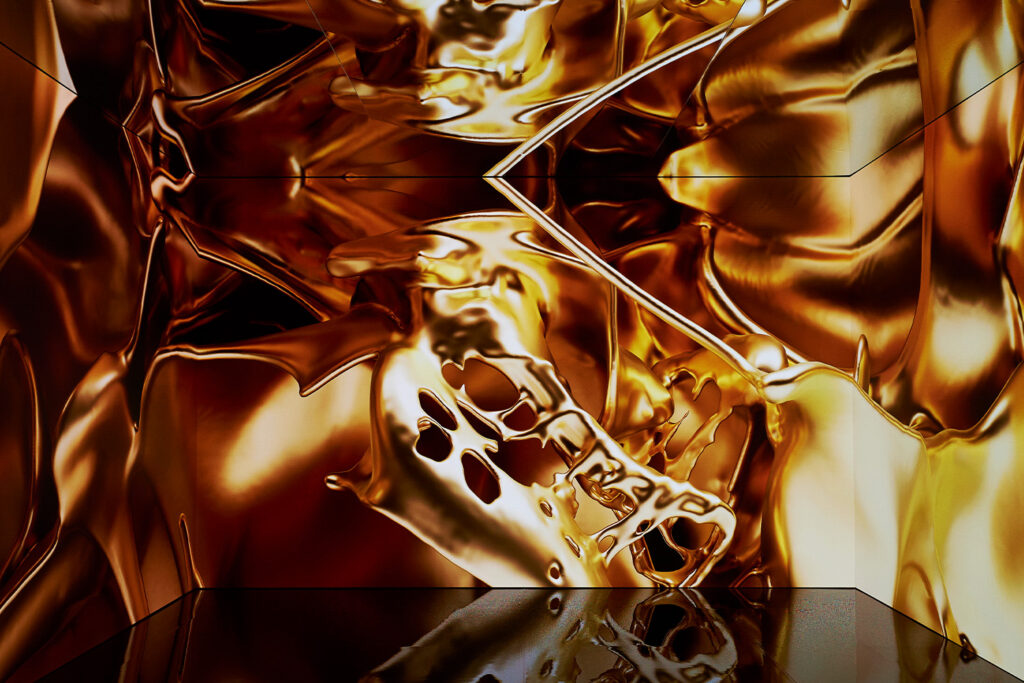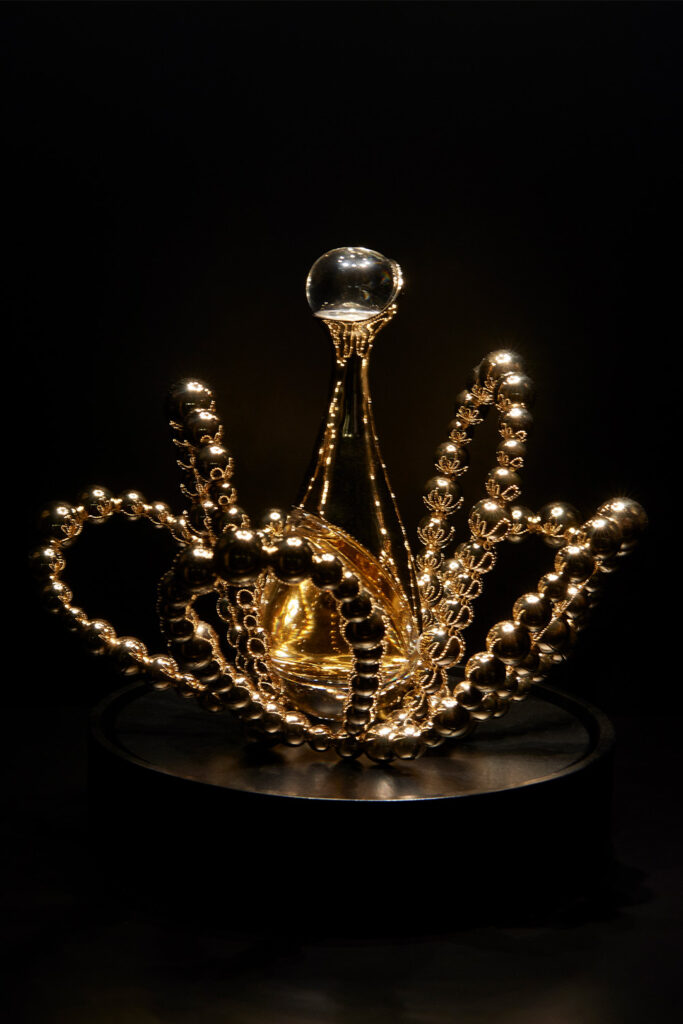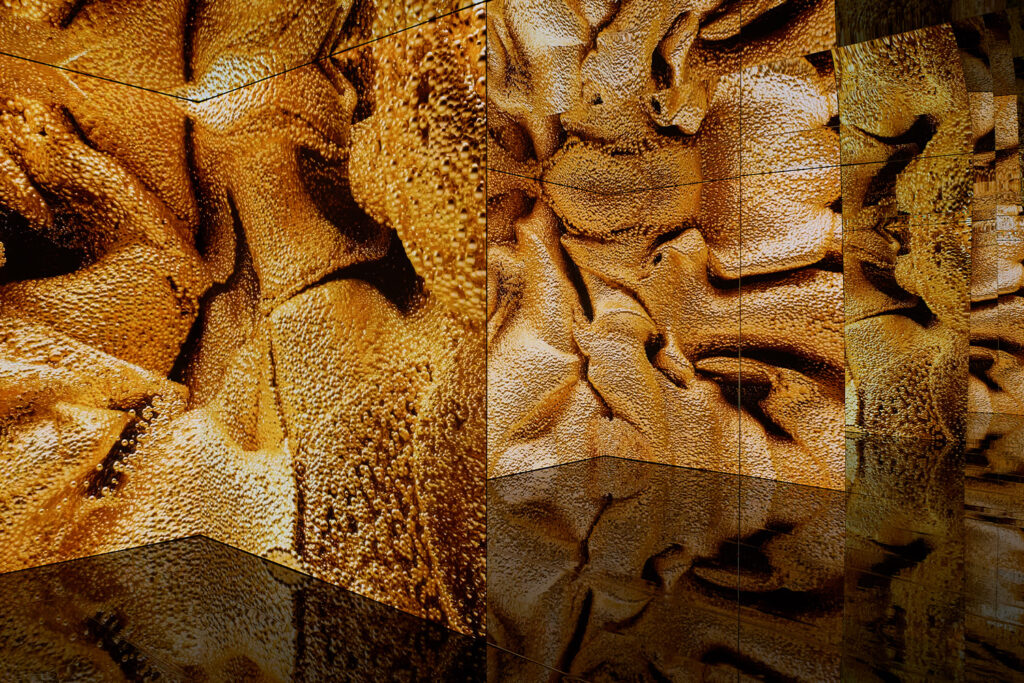Spotlighting the enthralling story of Dior’s J’adore Perfume, a limited-time exhibition at Les Beaux-Arts de Paris documented the origins of the fragrance, the Maison’s history, and a dive into Christian Dior’s infatuation with florals. The pinnacle of the showcase was the unveiling of L’or de J’adore, a floral fragrance concocted by renowned perfumer Francis Kurkdjian.
As Dior’s director of perfume creation, Francis Kurkdjian connects various aspects of the brand—Christian Dior, Dior Couture, and perfume—to conceptualize fragrance as an art form. While perfume is not art in the traditional sense, to Kurkdjian it certainly shares similarities. Two commonalities are the varied emotional response ignited by exposure and the subjectivity in interpretation. “When people look at a painting, they may disagree on what they see or feel. Similarly, when people smell perfume, they may pick up different notes and emotions due to variations in their personal affective memory database,” Kurkdjian says.

To Kurkdjian, J’adore’s historic success is tied to its mystery and timelessness. “When you spray J’adore, you immediately smell flowers, but you can’t pinpoint which flowers they are. There’s a balance between figurative and abstract elements, and that mystery is essential. Like a great piece of art, a great perfume thrives on mystery,” Kurkdjian says. This scent, composed of florals like Sambac jasmine and Damask rose, evokes simplicity that, in a profoundly luxurious way, nestled in femininity. “Simplicity speaks to people in various ways, with different entry points, making it universally understood and appreciated.”
Over six months, media artist Refik Anadol built mesmerizing virtual sculptures sound and AI technologies to personify the fragrance. Accompanying the exhibition, the hypnotic liquid gold artwork was constructed with the fragrance’s floral data to unlock an immersive world. “Kurkdjian was open to going beyond the mere scent; it’s a multisensory experience,” says Anadol. “I believe this was the most inspiring part of creating art with data—connecting different senses and bridging the gap between neuroscience and our perception of the mind, which is particularly receptive to scent due to its emotional and memory-holding qualities.”

As an exhibition focused on visual arts, a layer included photographs by Yuriko Takagi of the bottle alongside articles of clothing. In an attempt to enhance the golden hues and make the scent seen, Takagi used an eight-second shutter speed to blend stillness and movement in a single shot. “Scent, by its nature, is invisible, something you can’t see. The bottle serves to visualize these intangible scents, and it’s a way of transforming something invisible into a visible form. The scent itself has a similar effect. You can’t see it, but you can feel it, and it evokes visual imagery and emotions,” says Takagi, whose experiential aim was to make viewers feel as if they were walking through the radiance of a sunrise.

This connection to art is rooted in the brand’s history and reminiscent of Christian Dior’s past. “The exhibition is about the enduring relationship between the House of Dior and art,”says Kurkdijan. “Understanding that Christian Dior was a gallerist even before becoming a couturier is crucial. He was deeply connected to the world of art.” With that legacy, it’s easy to see that art is in the veins of L’or de J’adore, making it not only smelled but seen.

